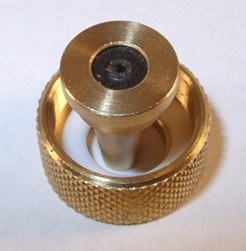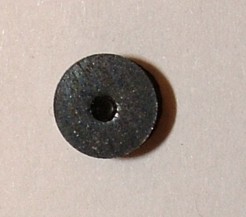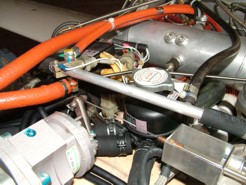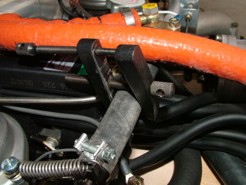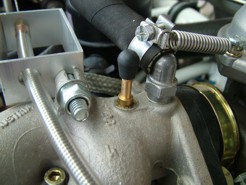|
How to connect the synchronizer with different types of motorcycle carburettors (Figures 6-10)
nozzle: You need no adaptors to connect the synchronizer; just remove the rubber cap from the nozzle. e.g. Kawasaki 4-cylinder,
all BMW models since 1972, Yamaha XS 250-360-400-750-850-1100-1200, Laverda 500-750, Honda CBR 1000
tapped hole: In this case, you need special adaptors; e.g. all Honda models, Benelli, Ducati, Laverda 1000, Morini, Moto-Guzzi, MV, Yamaha XS 500-650.
You find the tapped hole at the carburettor or at the beginning, middle or end of the inlet manifold.
Our adaptors can be permanently installed if there is only a plug in the vacuum port. You needn`t install adaptors before every carb synchronization. Rubber caps are indluded to seal the vacuum.
|
How to connect the synchronizer with the carburettor or fuel injection of cars
If your car is equipped with WEBER dual carburettors, you will find the tapped hole behind the throttle butterfly. SOLEX dual carburettors normally use nozzles closed with a rubber cap. In some cases, there is a rubber tube from this nozzle to the advance mechanism of the ignition. By using the Y-connector, you can join the synchronizer as well as the advance mechanism with the carburettor.
Models of the BMW MOTORSPORT GMBH (M1, M3, M5) have one nozzle with a rubber cap for each intake manifold (Figures 11-12).
|


